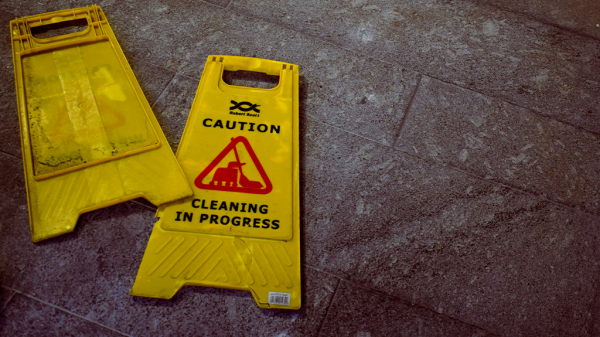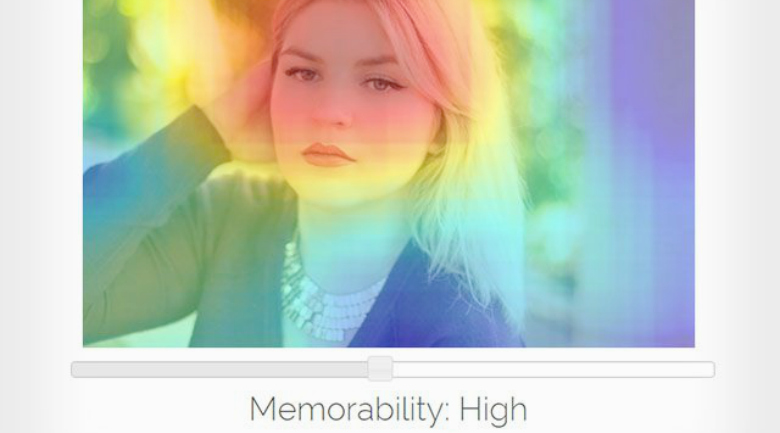Is your profile picture working for you?
If a picture is worth a thousand words, what kind of story is your profile picture telling? Granted, I’ve always stood by the old axiom that “Looks aren’t everything.” I’ll take personality over looks any time because you know, at some point in a relationship, you actually need to speak.
Maybe talk about things a little more profound than the latest episode of Property Brothers. But that’s me. Obviously that’s not the case in advertising. There just isn’t enough time to develop a rapport in 30 seconds or less with someone hawking diapers.
![]()
Smile and say cheese
Whatever the case, the truth is that in terms of attention, we allocate less and less time to everything! It doesn’t matter if we’re talking about a dating site or profile picture on a job board. When you only have about 10 seconds or less to make an impact your photo better be good! The Massachusetts Institute of Technology claims their new MemNet algorithm can predict how memorable your photos are.
According to research from MIT’s Computer Science and Artificial Intelligence Lab (CSAIL), the algorithm has performed better than any existing visual processing algorithms out there and is close to replicating human performance. If you’re curious how awesome your own photos are, you can test them out on their LaMem Demo page.
Once you upload a photo, you’ll receive a score between zero and one. In the example image above, there’s a score of 0.93, which means 93% of the people that view that image will still remember it after 100 seconds.
TC points out that the MemNet algorithm was created using deep learning AI techniques, and specifically trained on tens of thousands of tagged images from several different datasets all developed at CSAIL, including LaMem, which contains 60,000 images each annotated with detailed metadata about qualities such as popularity and emotional impact.
Why your vacation pictures are forgettable
PhD candidate at MIT CSAIL, Aditya Khosla puts it this way, “In general, the algorithm makes use of the objects and scenes in the image but exactly how it does so is difficult to explain. Some initial analysis shows that (exposed) body parts and faces tend to be highly memorable while images showing outdoor scenes such as beaches or the horizon tend to be rather forgettable.”
The research, according to TC, involved showing people images, one after another, and asking them to press a key when they encounter an image they had seen before to create a memory-score for images used to train the algorithm. The team had about 5,000 people from the Amazon Mechanical Turk crowdsourcing platform view a subset of its images, with each image in their LaMem dataset viewed on average by 80 unique individuals.
Cute criteria?
The Memnet algorithm isn’t identifying what it thinks are the characteristics of “cute” or “handsome”, rather the study and resulting data takes researchers closer to identifying why certain things are memorable.
#MemorableProfilePic
Nearly three decades living and working all over the world as a radio and television broadcast journalist in the United States Air Force, Staff Writer, Gary Picariello is now retired from the military and is focused on his writing career.









































